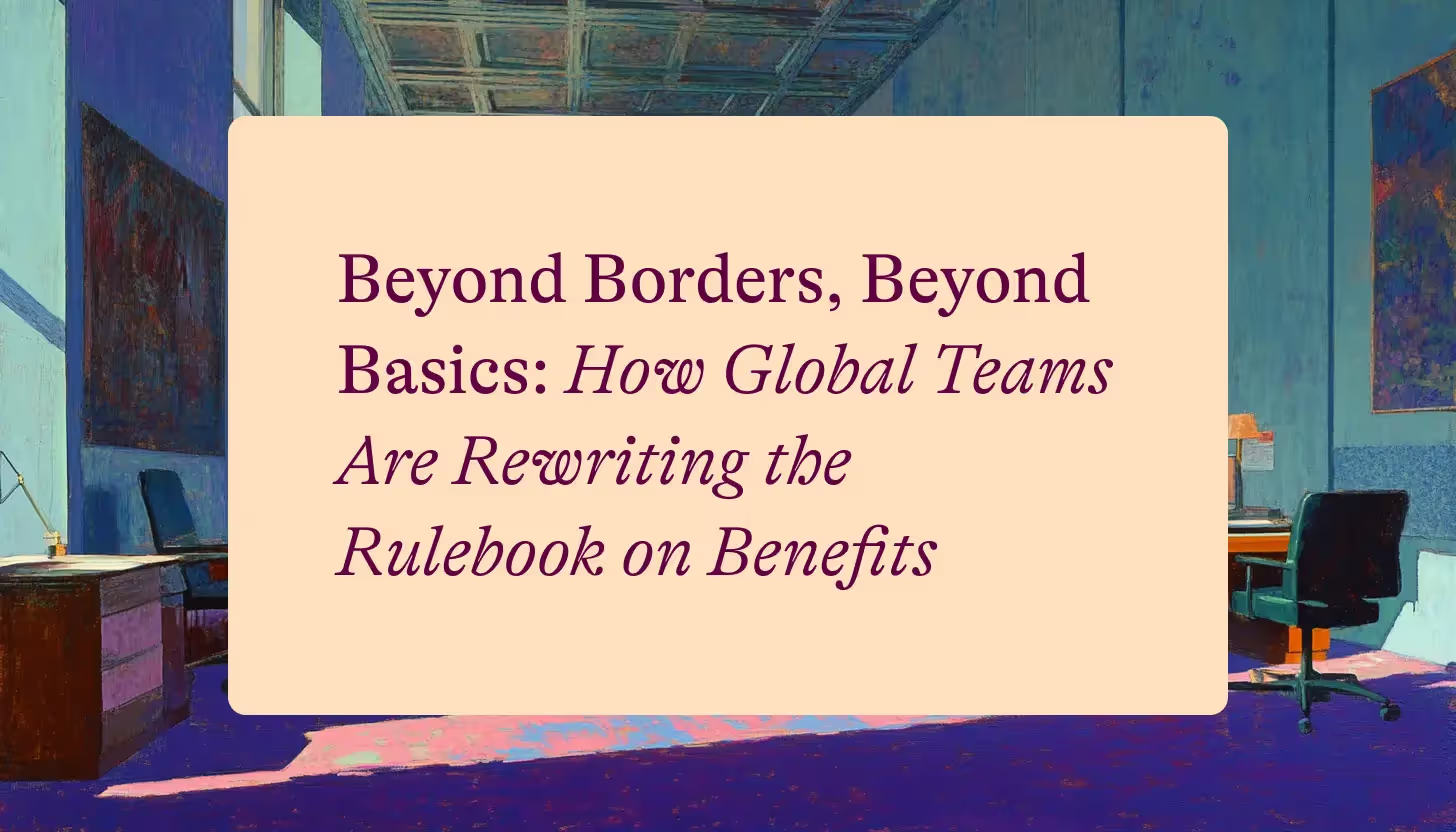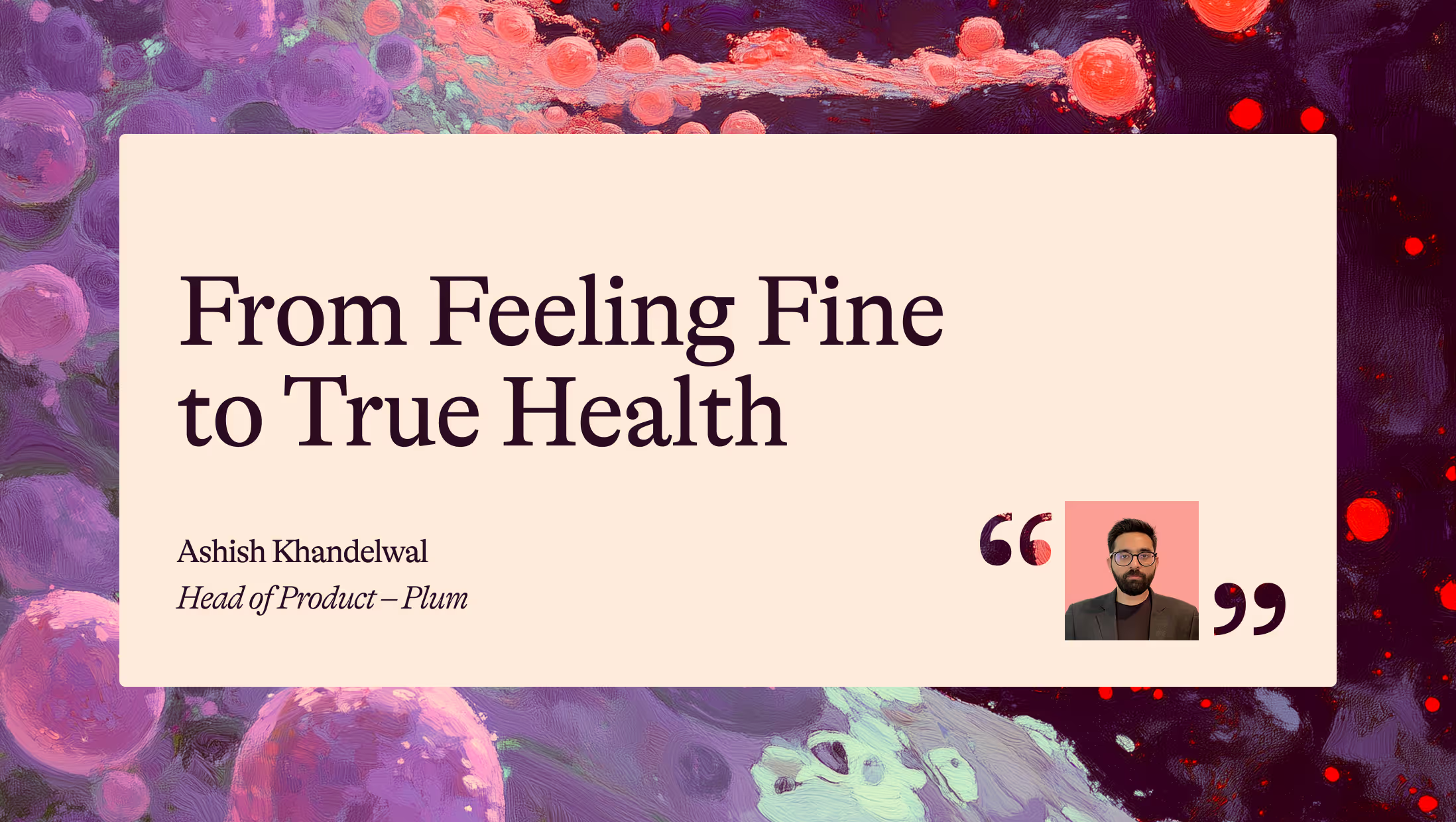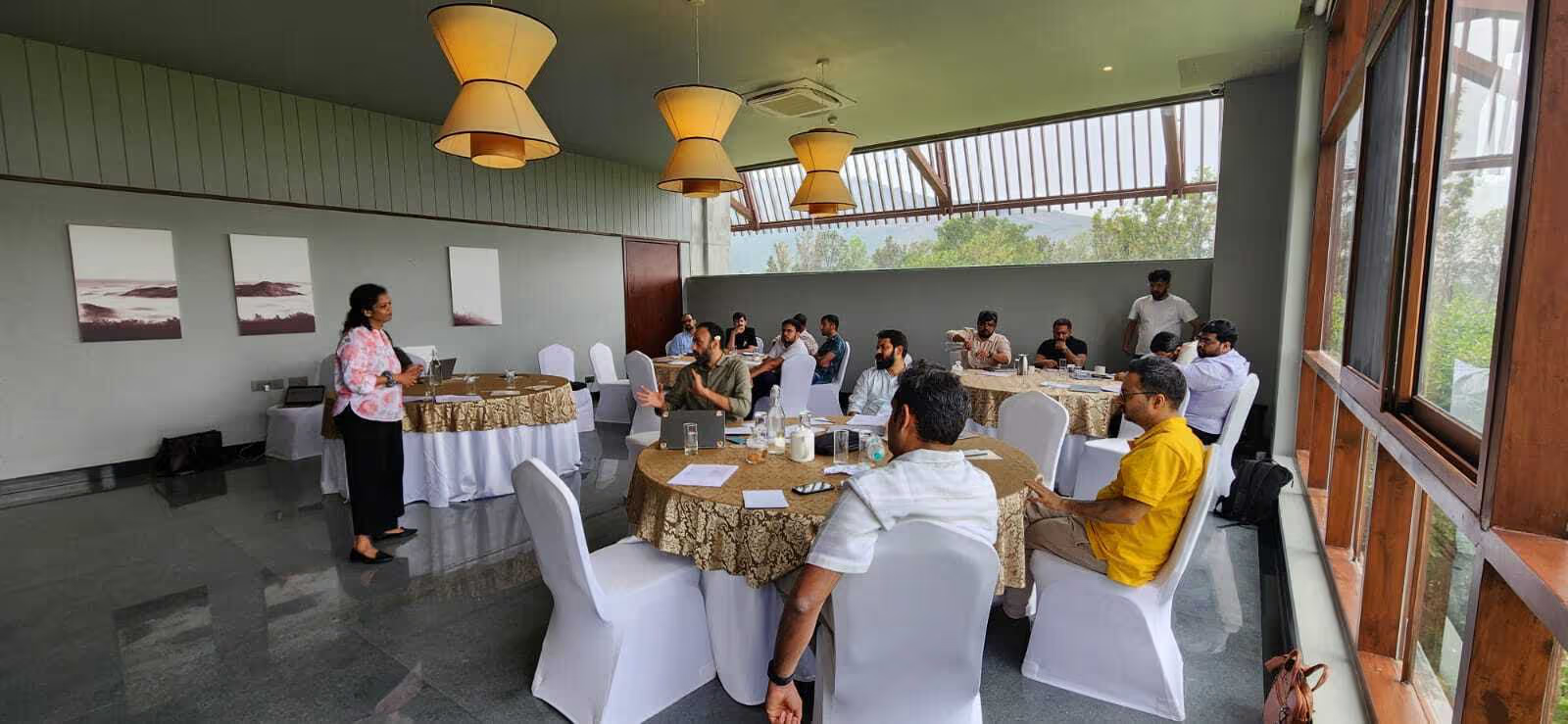How Global Teams Are Rewriting the Rulebook on Benefits

On a windy afternoon in London and a warm evening in Bengaluru, a simple prompt opened a complicated conversation: can the same benefits plan really travel from Shoreditch to Sarjapur without losing its way?
“The simple answer is no,” said Sam Sultan from Engage Health Group International, with the mildly amused certainty of someone who’s seen this movie—and all its remakes. “Copy-paste doesn’t work. Start with a strong global foundation, then localize for culture, compliance, and what people actually value.”
That tension—between a unified, scalable promise and the unruly reality of local lives—runs through every paragraph of today’s benefits story. And it’s why employers from Series A darlings to multi-market stalwarts are rethinking what it means to care across borders.
75% say health insurance is a top job factor
A decade ago, the question was cost. Today, it’s care. Not performative care, but the kind you can use on a Tuesday night when your child spikes a fever and your nearest network hospital isn’t the one you expected. “Salaries get talent through the door, but it’s not good enough,” Sam said. “You need belonging—and that comes from benefits, engagement, and the member journey.”
Sarthak from Plum has watched that belonging get negotiated in real time. “Six years ago, the ask might have been an Uber credit,” he noted. “Now it’s: does my spouse have quality cover? My child? In India, often my parents and in-laws too.” That last clause is the cultural hinge. Western playbooks rarely include parents; Indian plans often must.
The companies who understand the difference win more than offers—they win trust.
India’s 65% under-35 workforce is rewriting the talent playbook
Global hiring used to read like a budget spreadsheet; now it reads like a product roadmap. “About sixty percent of the portfolio I see is tech and AI,” Sam said. “At the start of the year, few had employees in India. Now, thirty to forty percent of prospects do.” It’s not just the depth of the talent pool; it’s the rising bar on quality. “The old assumption—low cost, low cover—doesn’t hold,” he added. “If your workforce is truly global, your benefits have to feel global too.”
That parity pressure runs both ways. In the UK, the gap between domestic private medical insurance and international cover is narrowing. Employees want choice, faster access, and a doctor in their pocket. In India, the expectation has expanded from inpatient safety nets to visible, everyday care—digital consults, mental health support, and preventive checkups that catch trouble before it becomes a claim.
"If your workforce is truly global, your benefits have to feel global too."
– Sam Sultan, Engage Health Group International
6.23M on NHS waiting lists show why copy-paste benefits fail
Benefits don’t float in a vacuum; they sit in the swirl of laws, norms, and risk. In Abu Dhabi, covering direct dependents is mandated. In the UK and EU, public systems are strong but slow—so a nimble top-up often beats an expensive duplicate. And then there’s remote work, the plot twist nobody is done writing. “One client was in London,” Sam recalled. “Then seconded for three months in Portugal. You can’t copy-paste through that. You map the whole jigsaw: compliance, access, experience.”
The approach that travels best starts with a floor, not a template: write down what your company believes is the minimum standard of care—what you will stand for everywhere—then tune the rest market-by-market. “When we review a client’s mission and values against what they actually cover,” Sam said, “the gaps reveal themselves.”
100% surge in Indian startups buying insurance shows the SME tipping point
For fast-growing SMEs, the trade-off feels stark: fund salaries and ESOPs today or invest in benefits that compound quietly. The data—and the competition—suggest starting now. “Nine out of ten SMEs we meet are forward-thinking,” Sam said. “Begin somewhere sensible, benchmark smartly, and expand. We’ve even structured medical-history-disregarded cover for a single employee when that unlocks hiring.”
Sarthak has a similar view from India’s front lines. “Benefits are hard to roll back,” he said. “You can cancel an offsite; you can’t tell people next year their parents won’t be covered. It’s why design matters on day one.”
71% at risk of chronic disease, 40 days lost a year
Here’s a number worth underlining: in India, roughly one in ten insured employees may use inpatient benefits in a year. That means ninety percent won’t “see” your biggest spend unless you build for everyday health. “A one percent shift in the people budget toward preventive and primary care has two effects,” Sarthak explained. “It creates visible value—24/7 digital doctors, mental health therapy, comprehensive health checkups—and it nudges incidence down. Fewer hospitalizations. Better productivity. Happier families.”
Awareness, it turns out, is an intervention. Sam described a client with rising claims and near-zero use of digital doctors. After a few months of simple education—explain it, demo it, remind them—usage climbed, GP visits dropped, and claim pressure eased. “Sixty percent of people who used digital doctors didn’t need a GP afterwards,” he said. “That’s risk management and a better Tuesday for your team.”
"You can cancel an offsite; you can’t tell people next year their parents won’t be covered. It’s why design matters on day one."
– Sarthak Sinha, Plum Benefits
100,000+ telehealth consults in India, $395B US market by 2034
Insurance was late to digital, but the catch-up has been brisk since COVID. “Upload a claim, find a doctor, get a prescription on your phone—that’s the bare minimum now,” Sam said. The trick isn’t choosing between tech and touch; it’s choreographing both. “We don’t build our own tech,” he added, “but we manage the moments that matter—escalations, billing, handholding. So member journey is important, client journey is important.”
Plum, meanwhile, has bet on a digital-first journey—cashless access you can show on your phone, claims from a scan, real-time status—precisely because expectations are set elsewhere. “If groceries take ten minutes,” Sarthak said, “healthcare can’t take ten days.”
90% call mental health essential, 85% of employers respond
Strip away the jargon and a sensible cross-border stack has familiar bones. A global floor that encodes your duty of care. Local layers that honour the way people live.
It starts with member experience—frictionless access, transparent networks, quick decisions. It adds managed care and second medical opinions to avoid unnecessary procedures. It includes digital doctors, EAPs that publish useful content (not just a number to call), and mental health that’s promoted, not hidden. In markets where it matters, it covers parents and in-laws; in the UK/EU, it may top up public systems instead of rebuilding them. It gives vision and dental sensible limits and recognises alternative therapies where culture says they count—Ayurveda in Dubai being one of Sam’s favorite examples.
None of this is static. “Benefits should evolve,” Sam said. “Quarterly claims reviews, engagement checks, early warnings for the CHRO. If claims spike and digital doctor usage is low, that’s a clue—run a campaign, change behaviour, protect the renewal.”
10% global medical inflation, only 19% ready for pay transparency
It isn’t just paperwork that trips teams—it’s perspective. Taxability varies by country. Cost-sharing rules differ. Some regions require dependents to be covered; others don’t. Infertility benefits can be table stakes in one market and unheard of in another. “We see employers underestimate medical inflation too,” Sam said. “The global average might hover around double digits, but some territories run much hotter. If you don’t model that, renewals hurt.”
Then there’s admin sprawl: four policies across three regions, each with its own service model. “We’ve given companies 150 hours a year back by consolidating and centralizing servicing,” Sam said. Hours that help return to hiring, and are not wasted on hold music.
"We see employers underestimate medical inflation too."
– Sam Sultan, Engage Health Group International
53% of Indian employers now cover parents — a 51% improvement
Perhaps the clearest illustration of how flexible the new playbook can be is also the simplest. “We had a client break away from an employer of record,” Sam recalled. “One person in Rome. Under the EoR they had medical-history-disregarded terms; they assumed that would vanish. We replicated it. One person, proper cover, no impossible hoops.” The point isn’t a loophole; it’s craft. Expertise turns rules into options.
95% of GCCs cite talent competition; 31% already use AI to personalise benefits
The honest answer—now—isn’t a sales line; it’s practical. You don’t need a finished cathedral to pour a good foundation. Write your floor: what every employee, everywhere, can count on. Decide, market by market, where culture asks you to go further. Map compliance. Educate relentlessly. Measure quarterly. Adjust with humility.
“Salaries open doors,” Sam said. “Benefits keep people inside—engaged, cared for, and productive.” Sarthak noted, more pragmatic than poetic: “Design it right once. It’s hard to walk back care.”
The Kicker
Borders still exist; bad benefits respect them too much, and good ones not enough. The art—and it is an art—is to build a promise that feels the same everywhere because it listens differently in each place. Global floor. Local voice. And a Tuesday night experience that works whether you’re in London, Bengaluru, or three months into a secondment in Lisbon.
All insights about benefits in an increasingly global world can be found in Benefits Beyond Borders '25.
.avif)










.avif)














